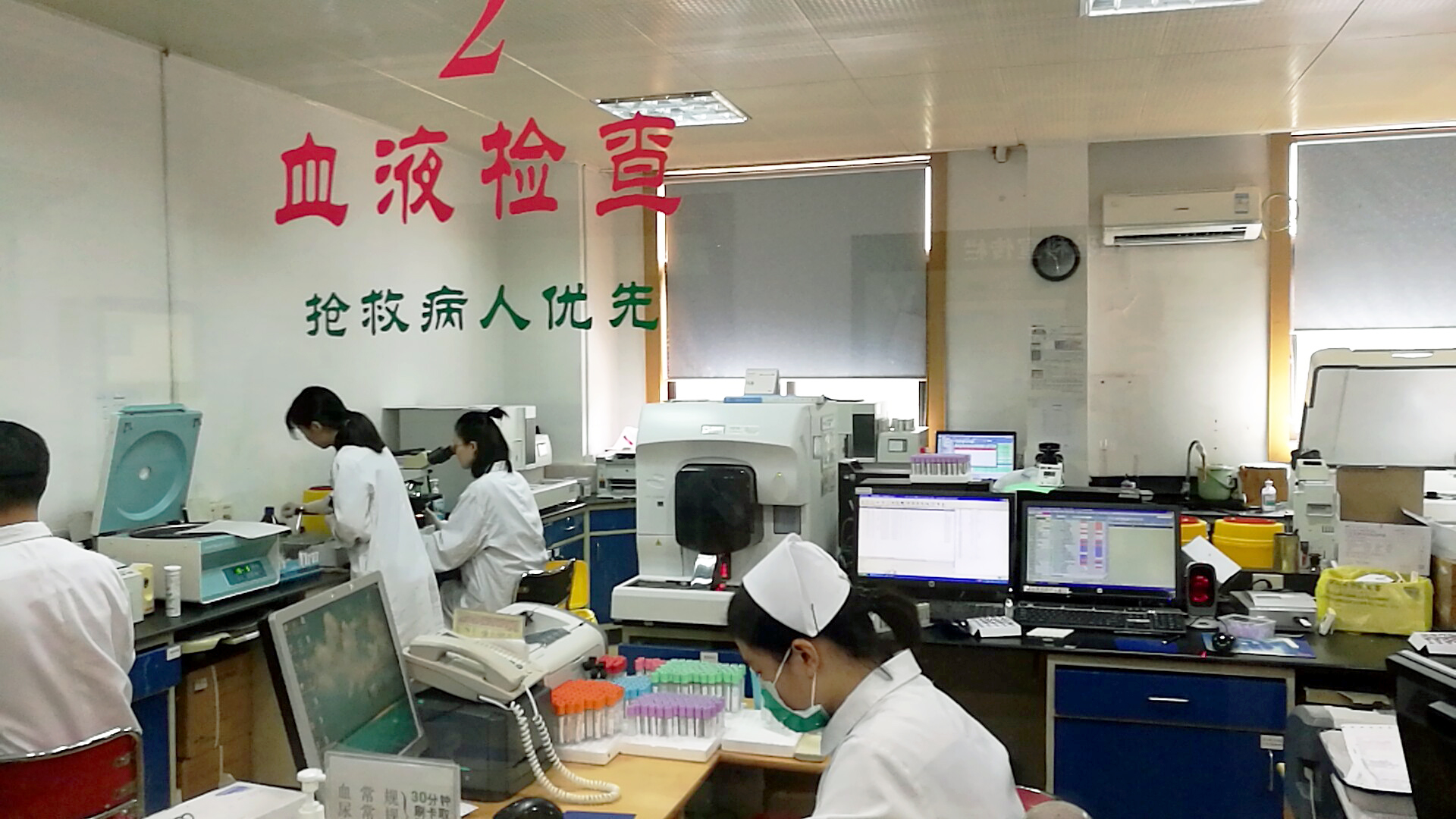The dxa takes 7 13 minutes. The relative importance of knowing the composition of the body greatly depends on the question of interest.

Dhm 800a Laboratory Balance Type Electronic Precision Balance
Laboratory measurement of body composition. There is a need for feasible and reliable body composition measurement methods applicable across the lifespan for use at the individual level in clinical research and in epidemiologic studies. The simplest approach in body composition is the 2c model dividing body weight into fat mass fm and fat free mass ffm. Laboratory measurements of body composition densitometry the application of densitometry to the measurement of human body composition is based on the principle that if thebodyisregardedasbeingmadeupoftwocomponents ofknowndensitiesthenthebodydensityisdeterminedby the relative proportions of the two components. The cnrc body composition laboratory is the only laboratory of its type in the nation that can provide a complete complement of body composition measurements in all populations ranging from low birth weight infants to adults. The purpose of the body composition laboratory is to conduct research in the area of body composition and carry out measurements of body composition and energy expenditure to monitor growth nutritional status rehabilitation and energy requirements in a variety of clinical conditions. The laboratory utilizes a broad range of measurement tools and techniques to evaluate body composition clinical neurophysiology physiological responses to exercise and functional performance.
The laboratory methods have a role to play in their own right in research into new concepts models and methods. Including but not limited to. Dual energy x ray absorptiometry dxa. Dexa body compositionbone density hydrostatic weighing body composition bodpod body composition. Highlights of the laboratory methods include the relatively new bod pod air displacement device which is a promising assessment tool more convenient than hydrodensitometry but still lacking substantial validity testing and the ability of dual energy x ray absorptiometry to measure regional composition making it an attractive method for clinicians. Assessment techniques vary from simple field measurements to elaborate laboratory techniques that require expensive equipment and specially trained technicians.
These high precision measurements are associated with body water mineral protein and fat content. Common methods for body composition assessment include hydrostatic. However they are particularly important in establishing the accuracy of the field methods. The dxa is a 3 compartment body composition method that provides measurements of fat mass lean mass bone mineral content and visceral fat. Most measurements of body composition are made in the field at the bedside or clinic as opposed to in the laboratory. Body composition refers to the relative percentages of body weight comprised of fat and fat free body tissue.
The anhydrous fm is the chemically extractable fat with an assumed density of 09007 gcm3 whereas the ffm is assumed to have a density of 11000 gcm3and water content of 7372 per cent7.











/GettyImages-180403783-59036e885f9b5810dc0611b2.jpg)


